Author: Marshall Schott
Creating a world class example of a style doesn’t tickle me nearly as much as analyzing the data from a triangle test. I enjoy the process of discovering new shit more than drinking a 45 point end product, most of which I end up giving away these days anyway. But there is one style I’ve come to obsess over, my enigmatic white whale, the only beer I sort of but not really stress about when I make it– Vienna Lager.
Ehh, as much as I do love this style, my obsession can be largely attributed to a friendly wager I’ve got going with fellow bloggers Derek Springer of Five Blades Brewing and Dan Paris of InBounds Brewing over whose Vienna will do better in the 2016 National Homebrew Competition. Over the last year, I’ve tweaked a number of variables in an attempt to hone in on what I believe to be an ideal example of the style, adding unconventional grains, mashing at different temperatures, and screwing around with different hops at different times. What I haven’t focused much on is yeast, relying mostly only the popular Saflager 37/70 Weihenstephaner strain. It’s great stuff, easy to use and very predictable, but I began to wonder if something different might push my European Amber Lager to the next level, give it that extra oomph I’ve been looking for. I’d made a few decent versions of Vienna using Cal Common yeasts, but I found I preferred the character I get from 34/70 a little more. I’ve still yet to try WLP029 German Ale/Kölsch yeast, I’m sure I’ll get to it sooner or later, but I had other things in mind.
White Labs’ WLP940 Mexican Lager yeast is said to have been sourced from Grupo Modelo, makers of what I would contend is a pretty damn tasty Vienna Lager, Negra Modelo. Had to give this one a go, but what to compare it to? The Yeast Bay has a relatively new strain called Franconian Dark Lager, I’ve no clue where it was sourced, but I’m guessing it’s from a Bavarian brewery who uses it to make delicious Dunkles, a style I experience as being fairly similar to Vienna. xBmt born.
| PURPOSE |
To evaluate the differences between WLP940 Mexican Lager Yeast and The Yeast Bay’s Franconian Dark Lager Yeast when used to ferment a split batch of the same Vienna Lager wort.
| METHODS |
In an attempt to get some of the subtle biscuit-like character present in my favorite Vienna Lagers, I used a fairly unconventional grain for this batch, Victory malt, which I’ve found adds a nice warm touch to my ales.
Vienna Lager | Iteration #4
Recipe Details
| Batch Size | Boil Time | IBU | SRM | Est. OG | Est. FG | ABV |
|---|---|---|---|---|---|---|
| 11 gal | 45 min | 20.5 IBUs | 9.3 SRM | 1.047 | 1.009 | 5.0 % |
| Actuals | 1.047 | 1.009 | 5.0 % | |||
Fermentables
| Name | Amount | % |
|---|---|---|
| Pilsner (2 Row) Ger | 14.75 lbs | 74.68 |
| Vienna Malt | 3.5 lbs | 17.72 |
| Victory Malt | 1 lbs | 5.06 |
| Pale Chocolate Malt | 8 oz | 2.53 |
Hops
| Name | Amount | Time | Use | Form | Alpha % |
|---|---|---|---|---|---|
| Magnum | 21 g | 45 min | Boil | Pellet | 11.2 |
| Select Spalt | 20 g | 25 min | Boil | Pellet | 3.1 |
| Select Spalt | 20 g | 10 min | Boil | Pellet | 3.1 |
| Tettnang | 20 g | 10 min | Boil | Pellet | 5.8 |
Yeast
| Name | Lab | Attenuation | Temperature |
|---|---|---|---|
| Franconian Lager Yeast | The Yeast Bay | 77% | 48°F - 55°F |
| Mexican Lager (WLP940) | White Labs | 74% | 50°F - 55°F |
Download
| Download this recipe's BeerXML file |
Using my preferred yeast pitch rate calculator, I made separate starters for each yeast 36 hours before brewing, the WLP940 was from a vial while the Franconian was previously harvested from another starter (2nd gen).
The evening prior to brewing, I collected all of the water and milled my grains.
With a pot of coffee started the next morning, I heated my strike water, mashed in, and hit my 150°F/66°C target.
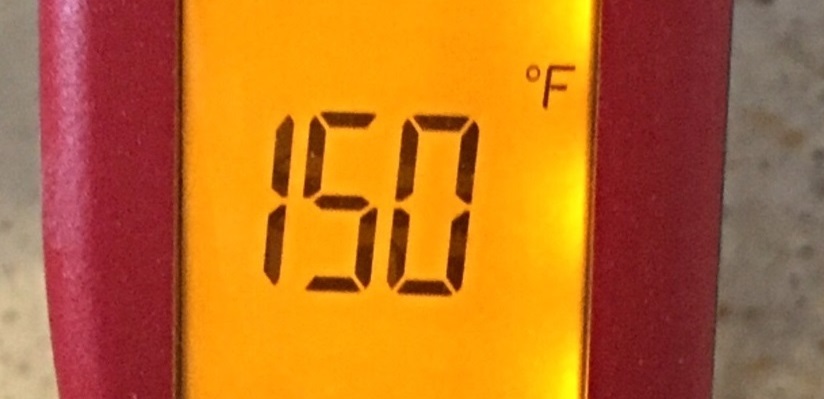
Since this was a larger batch size, I used the batch sparge method. After a couple stirs over the course of about an hour, I collected the first runnings before adding the hot sparge liquor.
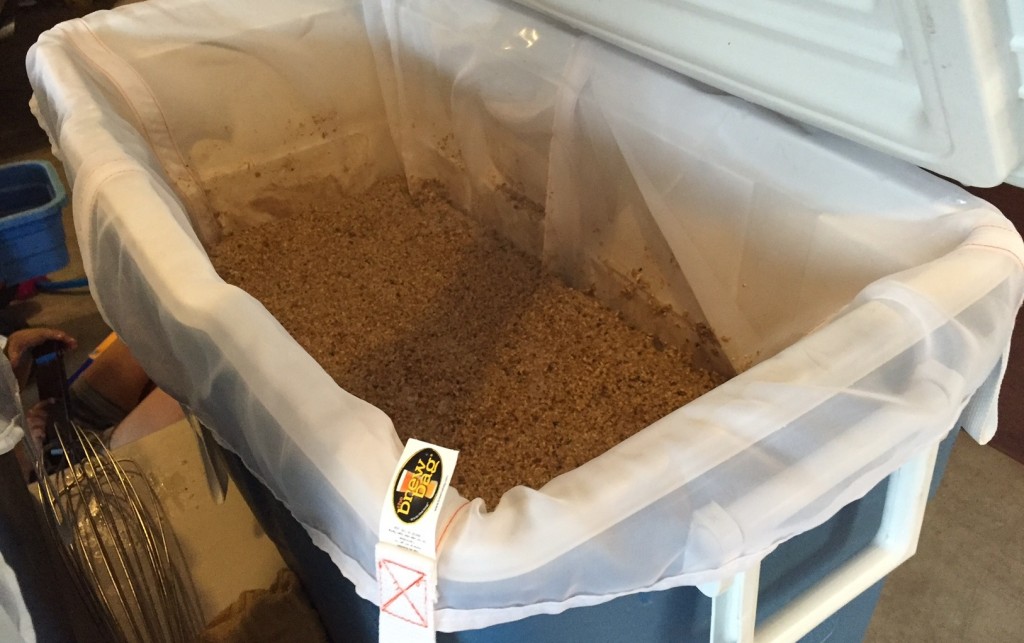
I boiled the wort for 60 minutes, adding hops at the appropriate times, then quickly chilled it to 72°F/22°C.
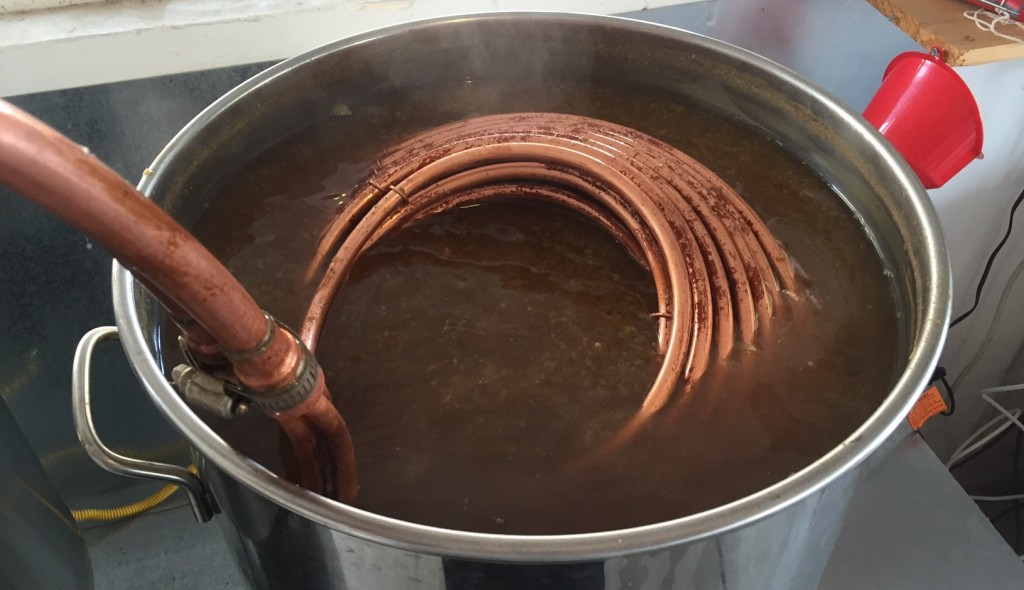
It took about 6 hours in my temp regulated chamber for the worts to stabilize at my target fermentation temperature of 50°F/10°C, at which point I pitched the decanted yeast starters.
I took a peak the following morning, about 17 hours after pitching, and noticed the WLP940 batch was already showing signs of activity.
By 30 hours in, both beers had come to life. Even after 500 batches, I still feel a sense of relief when I see this!
At 2 days post-pitch, the beers were chugging along nicely and visually indistinguishable.
After 5 days total in the fermentors, I began to ramp the temp over the course of the next 3 days until the beers reached 65°F/18°C. I allowed the yeast to finish it’s job, which only took 3 additional days. When hydrometer measurements revealed both batches finished at the exact same 1.009 FG, I proceeded with cold crashing, fining with gelatin, and kegging the beers. After a week in my cool keezer, the beers were carbonated and ready to serve!
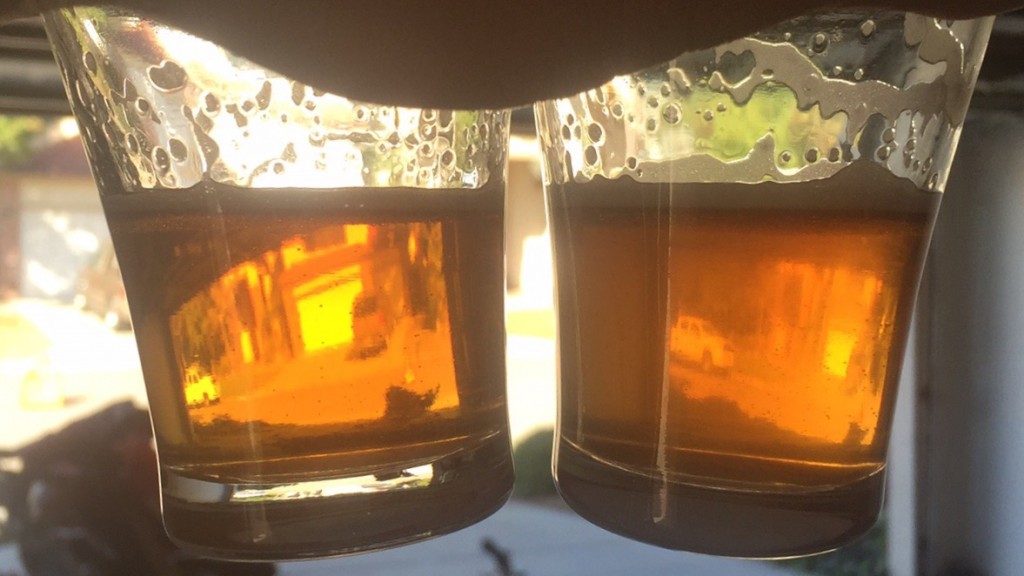
Visually, the Franconian beer ever-so-slightly brighter than the WLP940 beer, something I hadn’t expected. It remained this way the entire time.
| RESULTS |
A panel of 18 people including BJCP judges, experienced homebrewers, and imbibers of all things craft beer participated in this xBmt. Each taster, blind to the variable being investigated, was served 2 samples of the beer fermented with WLP940 and 1 sample of the beer fermented with TYB Franconian Dark Lager in differently colored opaque cups then instructed to select the unique sample. With the given sample size, a total of 10 correct selections would have been required to achieve statistical significance (p<0.05), though only 8 tasters (p=0.159) chose the different beer, suggesting participants were not reliably able to distinguish a Vienna Lager fermented with WLP940 Mexican Lager yeast from one fermented with The Yeast Bay’s Franconian Dark Lager yeast.
A brief comparative evaluation of just the 2 different beers completed by the 8 correct tasters, which is arguably meaningless due to failing to achieve significance, yielded data indicating a split in preference between the beers in terms of flavor, aroma, and mouthfeel. Interestingly, 7 of the 8 selected the accurate sample when asked to guess the one fermented with TYB Franconian Dark Lager.
My Impressions: I’m getting close! This beer had much more of that biscuity character I’ve been looking for, perhaps a tad too much actually, though it remained incredibly easy to drink. I think I finally struck a good balance between the crackery Pils malt and what I experience to be quite rich maltiness I get from Gambrinus’ Vienna malt, both of which melded well with the Victory, hops, and yeast.
Oh, the yeast, right…
My preference, despite being unable to reliably tell them apart in a series of semi-blind triangles (2 for 5), goes to Franconian Dark Lager. When comparing them side-by-side, I perceived the Franconian beer as having what I can only describe as a slightly more beer-y flavor. I know that doesn’t make much sense, but it’s what my biased tongue picks up. Additionally, I’ve a slight obsession with clarity and, for whatever reason, the WLP940 beer didn’t seem to clear as much. Ultimately though, the beers tasted the same and I think both yeasts produce a great Vienna Lager.
| DISCUSSION |
I’ve used WLP940 and Franconian a few times, usually in lighter lager styles, both take up residence at the top of my list of favorite lager strains. They start quickly, attenuate well, and create a clean, crisp character I so pine for in my lager beer. I’d caution against viewing these results as suggesting the yeasts are the same strain or can be used interchangeably in any number of different styles. I’m admittedly a little surprised with the outcome, as I assumed there’d be a noticeable difference based on my prior experience with each yeast, which only contributes to my ever growing lack of confidence in palate memory.
If you’ve used WLP940 and/or Franconian lager yeasts, you can share your experience in the comments section below!
Support Brülosophy In Style!
All designs are available in various colors and sizes on Amazon!
Follow Brülosophy on:
FACEBOOK | TWITTER | INSTAGRAM
If you enjoy this stuff and feel compelled to support Brulosophy.com, please check out the Support Us page for details on how you can very easily do so. Thanks!

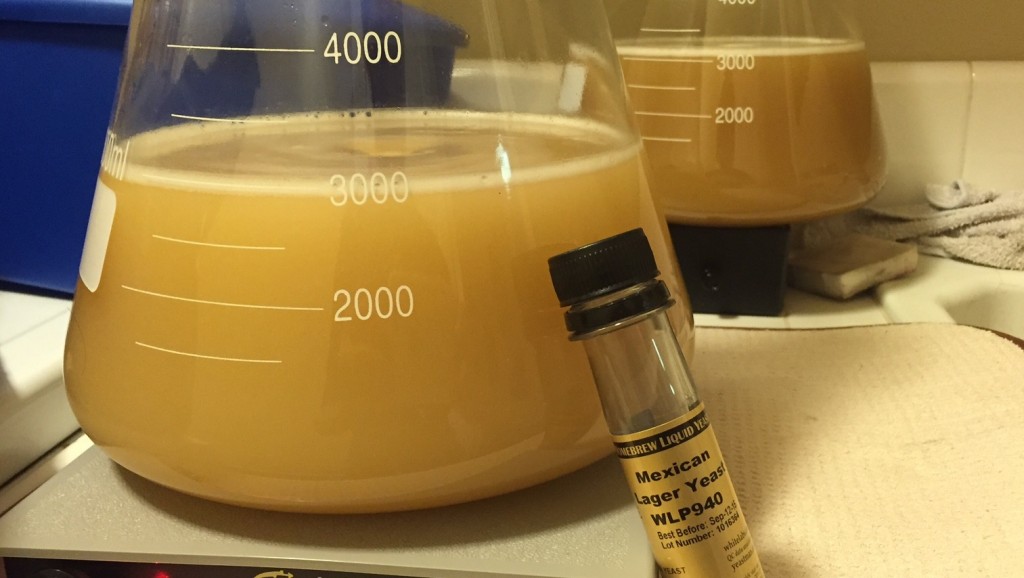

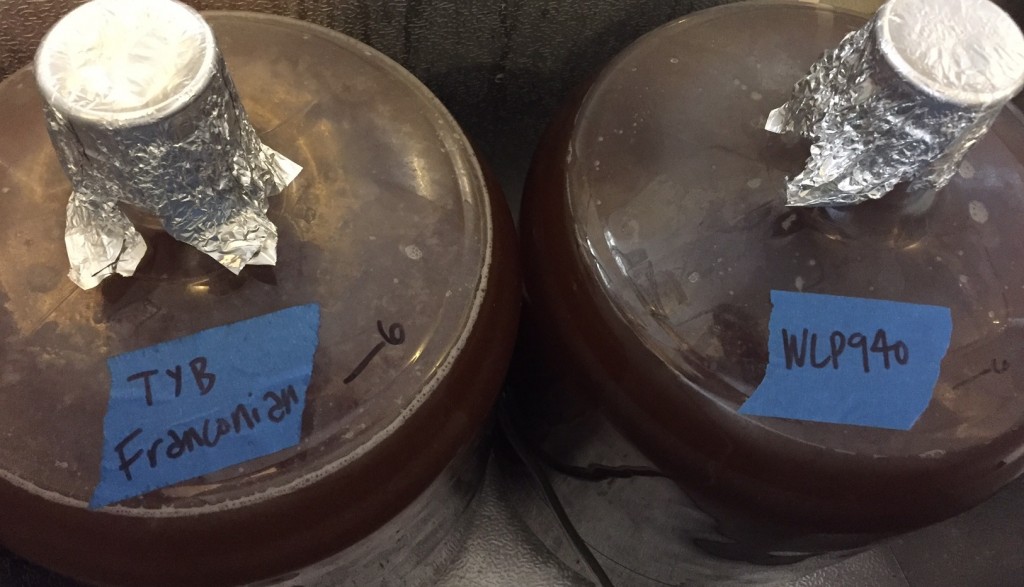
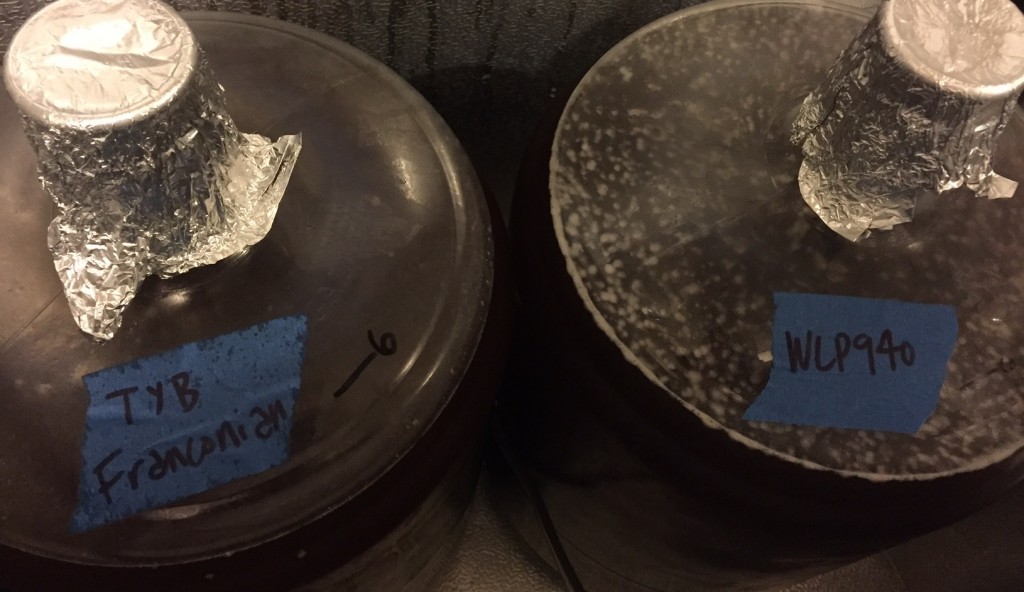
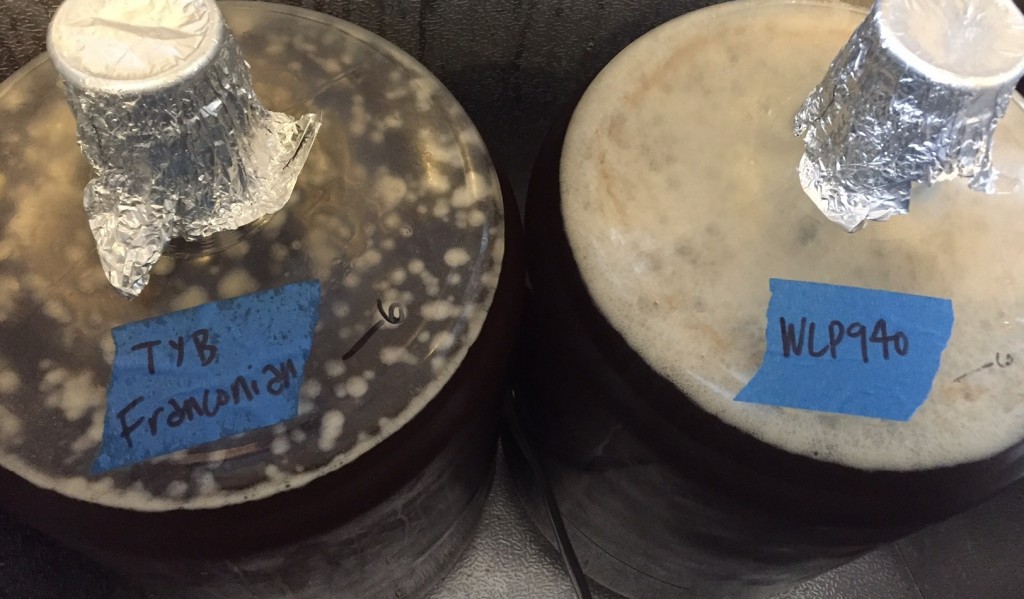
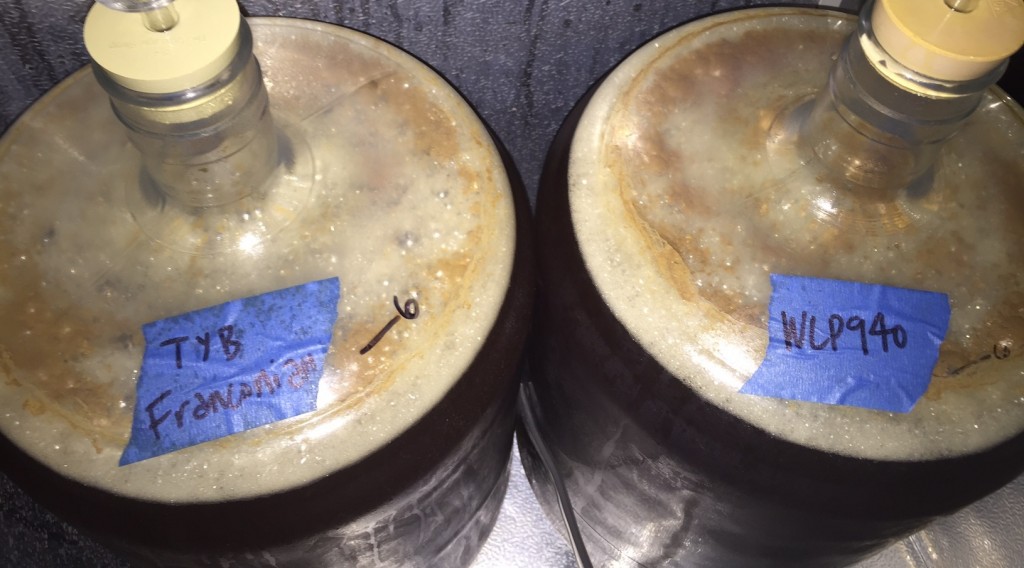










9 thoughts on “exBEERiment | Yeast Comparison: The Yeast Bay Franconian Dark Lager vs. WLP940 Mexican Lager In A Vienna Lager”
Marshall,
This couldn’t have come at a better time as I am also chasing a perfect Vienna Lager. Just curious, if you wanted the maltiness to come through more your recipe uses a LOT of Pils malt and not nearly as much Vienna as mine. Also theres no munich Malt in there.
Just curious why you landed on that grain bill as I’ve been doing 20-25% Vienna and 20-25% Munich and am fairly unhappy with the malt profile.
I’ve been using Gambrinus Vienna, which I’ve found to be quite a bit more potent (malty) than Weyermann, hence the the smaller amount. I’m also after a more drinkable and crisp Vienna Lager, something closer Negra Modelo, so that impacted my recipe decision as well. I definitely like where it’s headed, still not quite there yet though.
Ultimately all currently available lager yeasts are derived from only two parentages – as such they tend to be very similar! I’d reckon that both strains are Frohberg strains given the fermentation characteristics. See here for the nerdy details: http://ec.asm.org/content/13/10/1256.abstract
Victory malt can get overly toasty quick, I can highly recommend the Yeast Bay’s Hessian pils strain, super clean with no sulphur or diacetyl and clears AMAZINGLY without finings..
I’ve got Hessian on the short list.
All Vienna malts are now just a blend of pils and Munich, according to a malster who was the guide for a tour of a malting house I went on (in Austria). I assume he only knew about the practice in the German-speaking world. Everyone was very surprised, but he was very clear. Maybe gambrius do a dedicated Vienna malt?
Ray toured Gambrinus and interviewed the folks there, their Vienna malt is almost certainly not a blend.
Hey Marshall,
Any update on this recipe? Probably going to brew a Vienna lager this weekend and will most likely use this recipe, unless you have an updated one you can share?
Thanks!
I have not done a lighter srm beer with the franconian strain I have done side by side fermentation of a split batch of schwarzbier with 940 and franconian and they have very different flavor profiles. The Franconian strain pushes the dark malt character closer to a czech dark lager where the 940 is right in line with a schwarzbier.
I have only used the Franconian strain on schwarzbiers but I would venture a guess there is a pronounced difference in styles that are reliant on darker malts as the yeast bay suggests in their description.